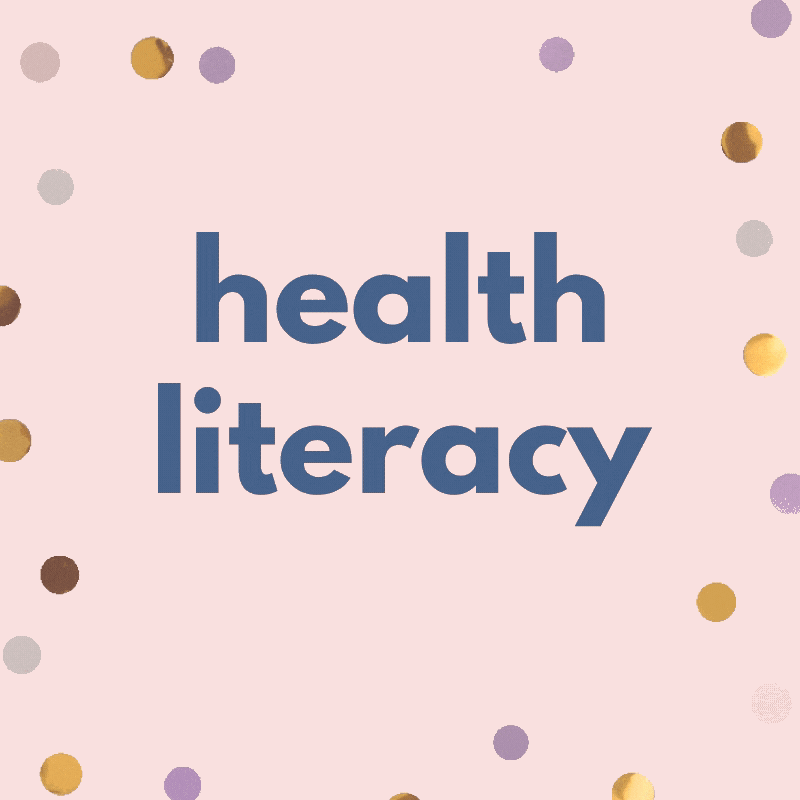
October is Health Literacy Month, and even without knowing what that means, you likely already understand the importance of it. Not only that— if you’re reading this right now, you’re already actively taking steps to improve your health literacy.
Are you now curious about what this term means? The U.S. Department of Health and Human Services defines personal health literacy as “the degree to which individuals have the ability to find, understand, and use information and services to inform health-related decisions and actions for themselves and others.” In other words, health literacy describes your comfort level with the healthcare system and with your health. When you’re sick, having a limited health literacy can make an already-stressful situation even more overwhelming, and it can have very real consequences for your health.
Healthcare organizations and providers have a responsibility to make health-related information clear and easy to understand for all of their patients—that’s what they’re there for. However, by taking steps to improve your personal health literacy, you can facilitate communication with your healthcare provider and better equip yourself to make decisions about your health and that of your loved ones. Here are some ways you can do this:
- Plan ahead. In the days leading up to your appointment, it may be a good idea to make a list about things you’d like to talk about with your doctor or nurse. Otherwise, it can be easy to forget to bring something up that you were wanting to talk about.
- Ask your healthcare providers questions. Don’t be afraid to speak up. You know your body best, so this is your chance to share your concerns. The Agency for Healthcare Research and Quality has developed a Question Builder tool that you can use before your next appointment if you’d like some ideas on questions you should be asking.
- Make sure you understand your provider’s instructions. A great strategy for this is to repeat back the instructions to your doctor or nurse, so that they can correct you if you say something that isn’t right. The medical field uses a ton of specialized words that the average person may not understand, so there’s absolutely nothing wrong with asking for clarification.
- If it makes you more comfortable, take a friend or family member to your appointments. In addition to putting you at ease, they may ask a question that hadn’t occurred to you, helping you to avoid confusion down the road.
- Be aware of your right to an interpreter. If you don’t speak or understand English well, tell your doctor’s office. You have the right to an interpreter at no cost to yourself.
- Continue educating yourself about your health. Like I mentioned earlier, if you read this blog, you’re already taking a significant step towards improving your health literacy— keep up the great work!
Have a great rest of the month, and as always, stay healthy and stay safe!
–The Wellness and Stress Clinic Team
Sources:
- https://health.gov/our-work/healthy-people-2030/about-healthy-people-2030/health-literacy-healthy-people
- https://archive.ahrq.gov/news/columns/navigating-the-health-care-system/090710.html
- https://www.webmd.com/a-to-z-guides/features/be-heard-by-dr#1
- https://medlineplus.gov/healthliteracy.html
- https://www.aafp.org/afp/2014/1001/p476.html
- https://www.ahrq.gov/patient-safety/question-builder/online.html






